Cradle is a tool to load, create, inter-link and publish information for all stages in a systems engineering project using agile, iterative or phase-based approaches and using any process. It is completely user-definable, scalable, flexible and secure. It can be deployed locally in your organisation or project, deployed to remote sites or partners, or delivered through SaaS from any private or public cloud.
Cradle can support all your requirements management and systems engineering work in one tool, including:
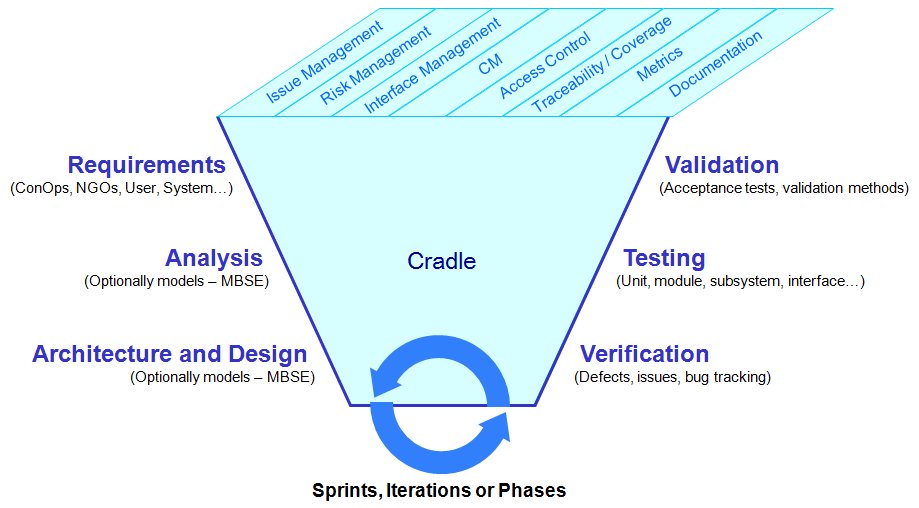

Cradle is available as a range of single-user products and the multi-user Enterprise product that adds configuration management, unlimited scalability and floating and dynamic concurrent user licensing.
All Cradle products can be customised to your project and to your process. Cradle Enterprise provides additional customisation facilities to replace large parts of the Cradle UI with your own start pages and phase hierarchy that optimise Cradle to your process and your way of working. You can define web UIs for each stakeholder group that present the information needed by each group with the features and controls needed by that group to do their work.
Each Cradle database contains items linked by cross references. You define the types of items, their characteristics and their attributes. You define the types of cross references and their attributes, and the rules by which they link items. You can define users and teams and the authentication and access policies that control how they work, their roles and capabilities. You define the workflows by which information is formally reviewed, baselined and changed.
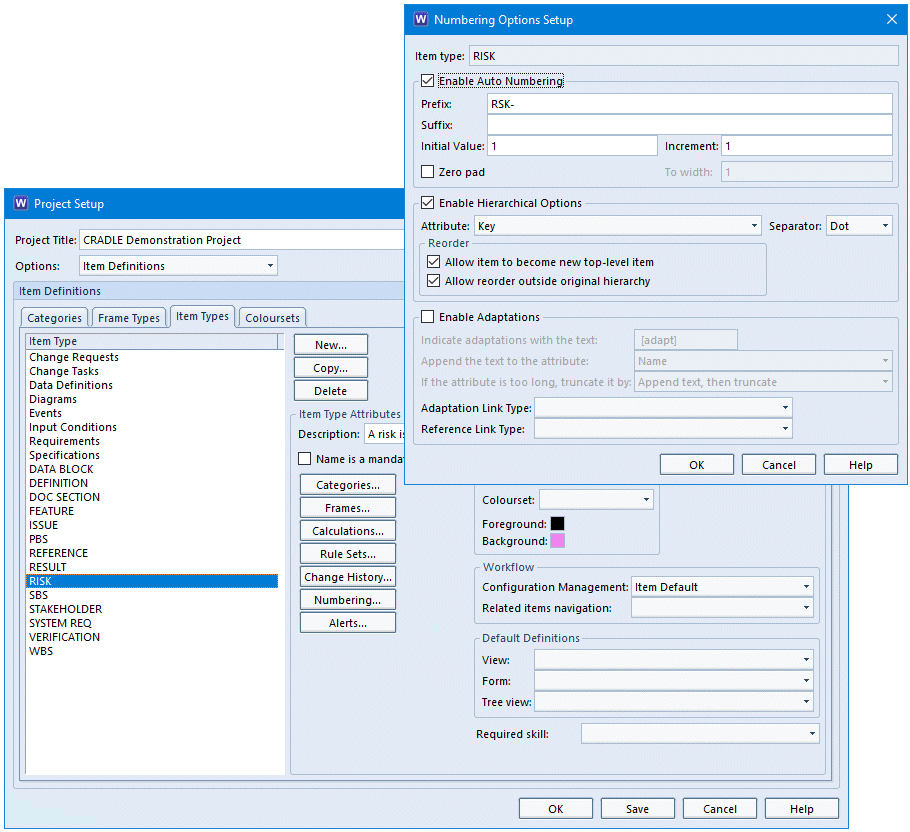

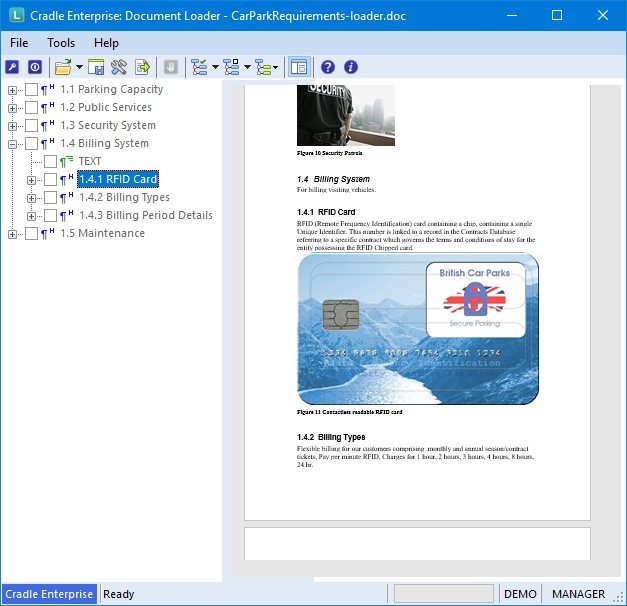

You load information into the database by parsing documents, loading spreadsheets, importing from files or other tools, and entering data manually.
You load information into the database by parsing documents, loading spreadsheets, importing from files or other tools, and entering data manually.


You work with the information, creating new items in each agile sprint or development phase. You can define queries to find information and views to present it as lists, tables, documents or trees. You can add your own commands into these views to help you work more efficiently.
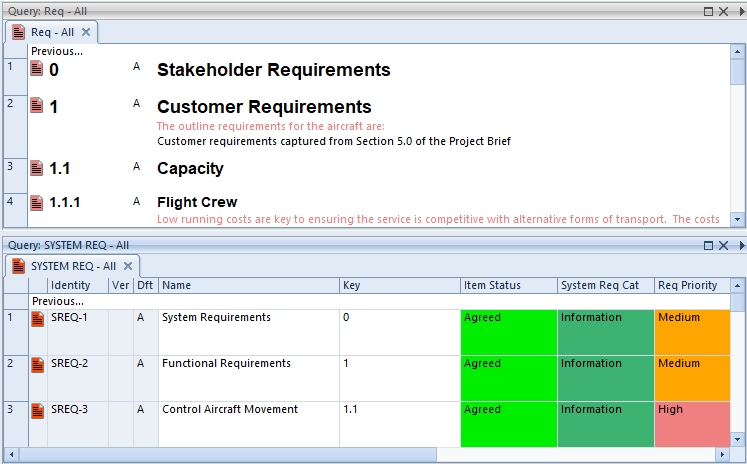

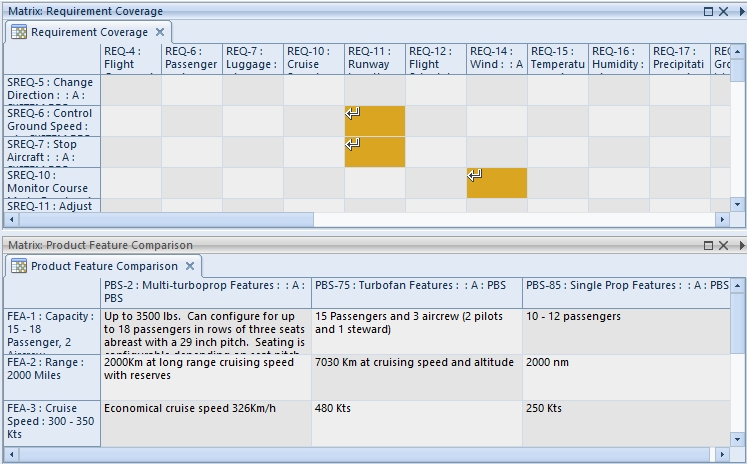

You create and manipulate cross references between items by drag-and-drop and through hierarchy diagrams and matrices.
You create and manipulate cross references between items by drag-and-drop and through hierarchy diagrams and matrices.


You use Cradles tools to analyse the content of information for quality and consistency (both text and models). You analyse the traceability and coverage of information using tables, matrices, and graphical hierarchy diagrams.
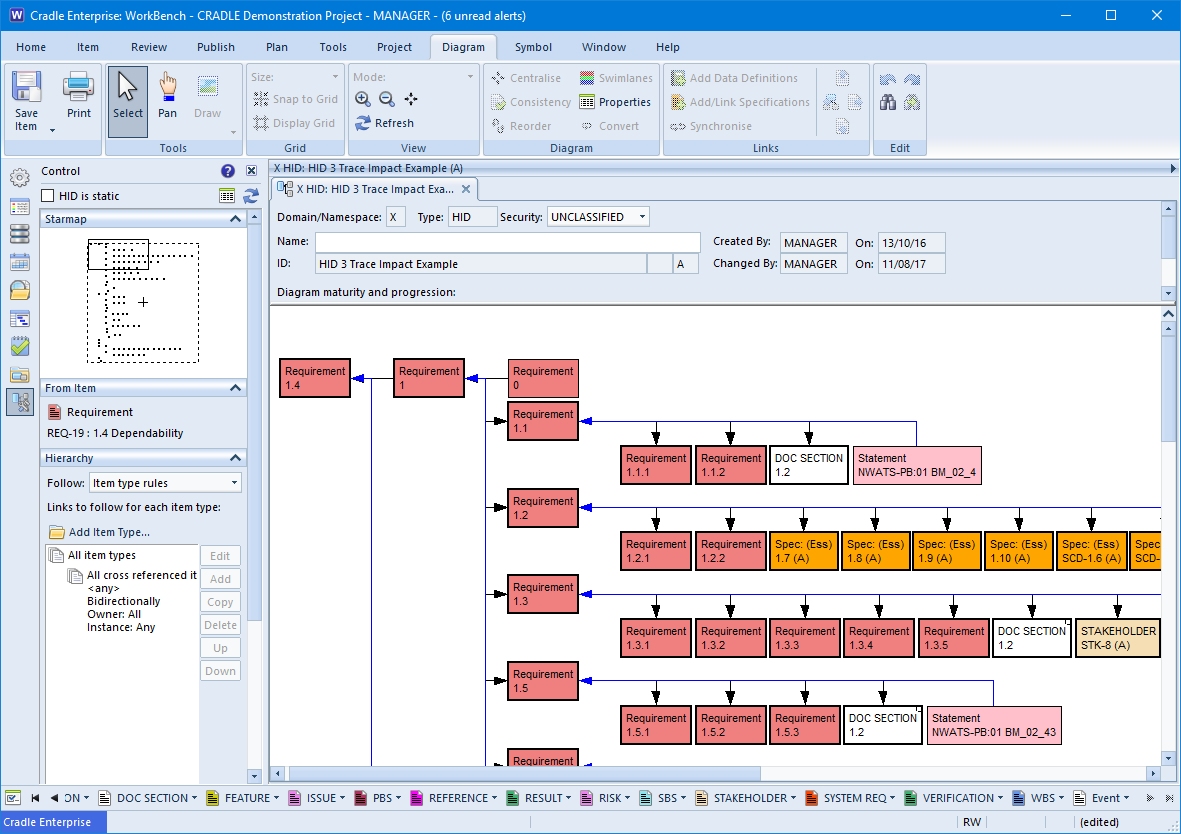

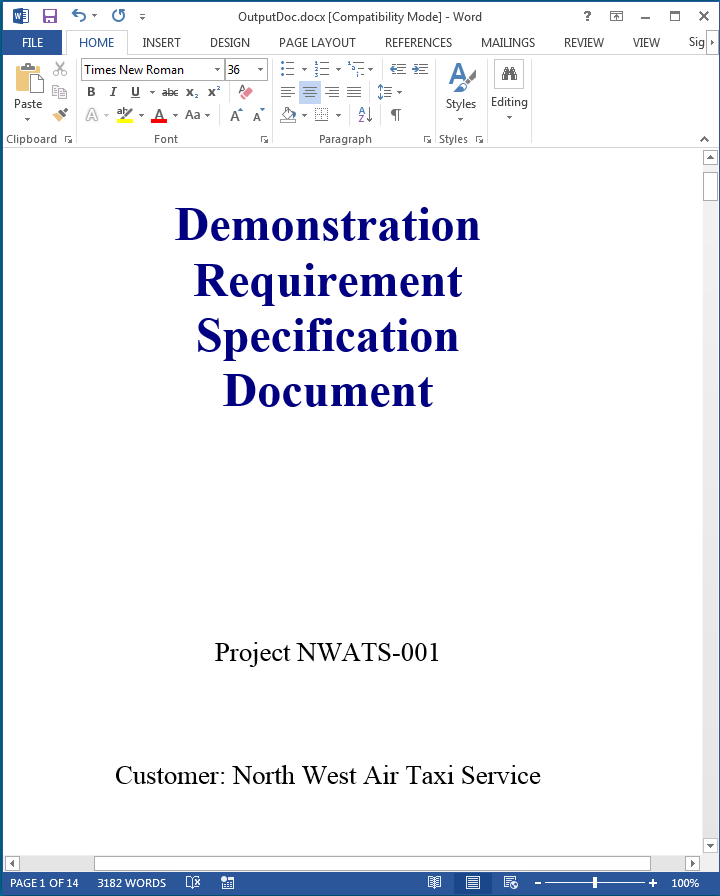

Publish information from your user-defined reports, or as documents defined by templates that have your organisation's standard layouts and formatting. You can track every item in the database into every word of these documents, ensuring that when the database changes, you re-issue the correct project documentation.
All Cradle products are:
Publish information from your user-defined reports, or as documents defined by templates that have your organisation's standard layouts and formatting. You can track every item in the database into every word of these documents, ensuring that when the database changes, you re-issue the correct project documentation.
All Cradle products are:

